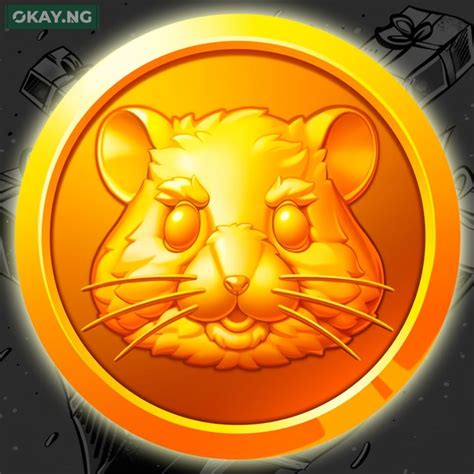
After about six months of ‘tap frenzy,’ Hamster Kombat gamers were relieved to finally see their token allocation, yesterday, ahead of this week’s launch.
However, gamers have spread widespread dissatisfaction with the amount of tokens that they have been allocated. According to comments on social media, the $HMSTR tokens ratio is not commensurate with the amount of effort gamers invested into the project. This has cast a shadow over the prospects of the project launch this Thursday.
Hamster Kombat, a Telegram-based tap-to-earn game, took the gaming and crypto world by storm earlier this year. Officially launched on March 26, the game quickly gained popularity due to its engaging gameplay and the promise of earning tokens through simple tasks.
Earlier this month, the game’s developers confirmed that a token launch on The Open Network (TON) will take place on September 26 for exciting users, who had been patiently waiting for the reward after months of gameplay.
Disappointment over Hamster Kombat token allocation
The anticipation of a significant airdrop sent waves through the community, as many expected generous rewards for their efforts. However, this enthusiasm took a hit after the project announced its token allocations yesterday.
To the surprise of many participants, the amount of tokens allocated was significantly lower than expected.
Gamers, who had invested a lot of time and energy into the game, voiced their dissatisfaction, claiming that the rewards were not commensurate with their efforts over the past five months. The backlash from these players was swift and vocal, with many taking to social media to express their frustrations.
This sudden disappointment begs the question: Why were the allocations so low, and could this affect the expected token price when it launches this week?
There could be several reasons behind the disappointing token allocation. First, a measured allocation strategy is common among crypto projects, especially in cases where demand far outweighs supply.
Given that Hamster Kombat reportedly has over 300 million users, the supply of tokens would naturally be spread thin across a large participant base. If players receive large amounts, it could easily saturate the market, reducing the token’s value at launch and potentially destabilizing the game’s economy.
Moreover, the developers had previously outlined that the token airdrop would depend on several factors beyond just tapping to earn coins.
For example, earning keys from playing various mini-games was another factor that influenced allocations. These keys are part of Hamster Kombat’s larger goal of integrating third-party games into its ecosystem, which it views as essential to its long-term growth.
Players who didn’t diversify their gameplay across these mechanisms may have received fewer tokens than those who fully explored all earning opportunities within the game.
Will this affect $HMSTR’s launch price?
The question on everyone’s mind now is how these developments could affect the $HMSTR token’s eventual listing price.
As mentioned in our previous post, predictions about the token’s value have ranged from $0.04 to $0.19, depending on market conditions and the level of interest from traders and gamers alike. However, with participants feeling shortchanged by the allocation, there’s a possibility that this dissatisfaction could spill over into the market once the token is live.
For one, disgruntled players may choose to sell off their tokens immediately upon launch, creating downward pressure on the price. If enough participants decide to cash out early due to their disappointment, it could lead to a drop in the token’s value, at least in the short term.
However, the involvement of major exchanges like Binance, Bitget, Bybit, and OKx could help stabilize the price, as these platforms bring liquidity and a larger pool of traders who may see the long-term potential in the token.
Additionally, the developers have set aside a significant portion of the token supply for development and future rewards. This suggests that they are thinking ahead and planning for ongoing engagement with the player base, which could help support the token’s value in the long run.
If the team can address the community’s concerns and offer transparent communication about the reward system, it will help to restore the trust of players. This will eventually lead to a successful token launch.
The token allocation has certainly cast a shadow over what was supposed to be an exciting milestone for Hamster Kombat. However, this is not the first time a crypto project has faced backlash due to reward distribution, and it’s unlikely to be the last.
What happens next will largely depend on how the developers respond to player concerns and whether they can deliver on the promise of a sustainable and rewarding token economy.



Discussion about this post